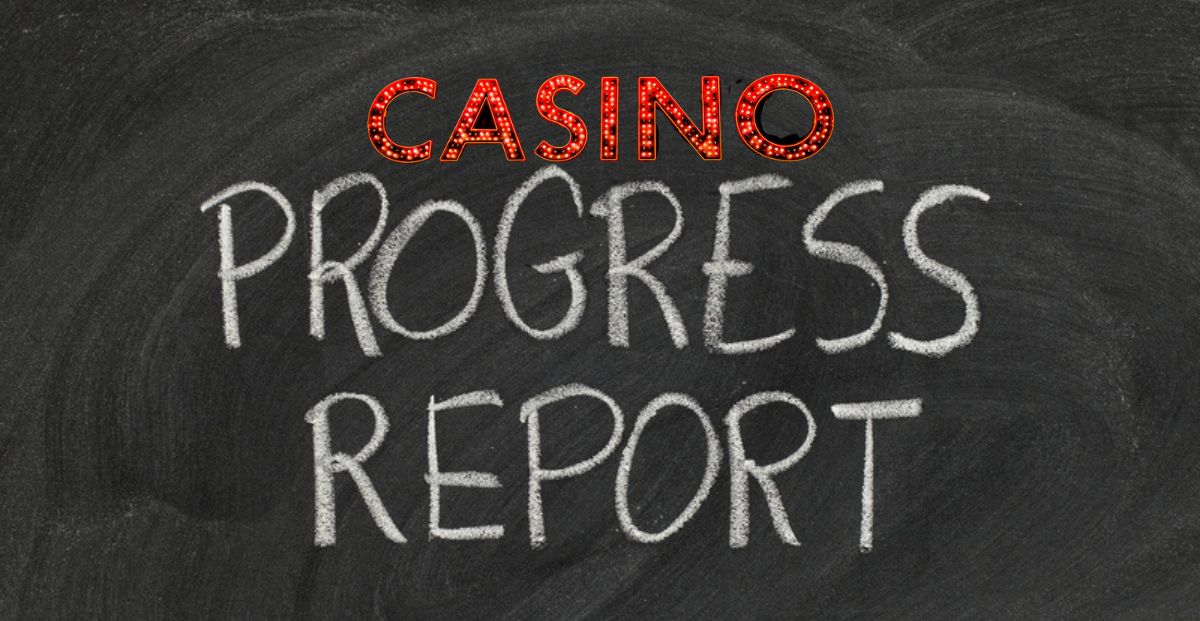A Comprehensive Analysis of the Revenue Impact of 4 New York Casinos: Findings from a Recent Report
A Comprehensive Analysis of the Revenue Impact of 4 New York Casinos: Findings from a Recent Report
Introduction:
The gambling industry has experienced significant growth in recent years, with many states legalizing casinos to boost their economies. New York is one such state that has embraced this trend, opening four new casinos in recent years. A recent report has conducted a comprehensive analysis of the revenue impact of these four casinos, shedding light on their economic contributions and potential drawbacks. This article aims to provide an overview of the findings from this report.
1. Economic Impact:
The report indicates that the four New York casinos have had a substantial economic impact on the state. They have generated significant revenue, both directly and indirectly, contributing to job creation, increased tourism, and enhanced local businesses. The construction and operation of these casinos have created thousands of jobs, providing employment opportunities for local residents. Additionally, the influx of tourists visiting these casinos has boosted the hospitality and entertainment sectors, benefiting hotels, restaurants, and other local businesses.
2. Tax Revenue:
One of the primary motivations behind legalizing casinos is the potential tax revenue they can generate for the state. The report reveals that the four New York casinos have indeed contributed significantly to tax revenue. The state collects a portion of the casinos’ gross gaming revenue, which has amounted to millions of dollars annually. This additional tax revenue can be allocated towards various public services, infrastructure development, and education, benefiting the overall well-being of the state’s residents.
3. Competition and Market Saturation:
While the economic impact and tax revenue generated by the four New York casinos are positive aspects, the report also highlights potential drawbacks. The opening of these new casinos has intensified competition within the gambling industry, leading to market saturation. As a result, existing casinos in neighboring states have experienced a decline in revenue as customers are drawn to the newer establishments in New York. This can have adverse effects on local economies in those states, potentially leading to job losses and reduced tax revenue.
4. Social Implications:
The report also addresses the social implications of the four New York casinos. While they provide entertainment and recreational opportunities for many, there is a concern about the potential increase in problem gambling and its associated negative consequences. The report suggests that the state should allocate a portion of the tax revenue generated by the casinos towards addressing problem gambling, providing support services, and promoting responsible gambling practices. This would help mitigate the potential social harm caused by excessive gambling.
Conclusion:
The comprehensive analysis of the revenue impact of the four New York casinos reveals a mixed picture. On one hand, they have significantly contributed to the state’s economy, generating substantial tax revenue and creating employment opportunities. On the other hand, there are concerns about market saturation and potential negative social implications. It is crucial for policymakers to carefully consider these findings when making decisions regarding the expansion or regulation of the gambling industry. By striking a balance between economic growth and social responsibility, New York can continue to benefit from the revenue generated by its casinos while mitigating any potential drawbacks.
